Ready or Not’s realistic, tactical FPS experience isn’t fun when plagued with lag or stutters. It’s much more gripping and enjoyable when your settings are optimized according to your rig, so here are the best Ready or Not settings you should opt for to avoid performance woes.
Ready or Not isn’t exactly a competitive shooter, but you’d want to focus on the FPS output here. Visuals are crucial, but if you’re facing performance hiccups, you might want to skip making graphics a top priority if your PC isn’t built for it. While this should completely depend on your system specs, the settings I’ve mentioned in this guide should help reduce the frame drops or stutters you’re facing right now.
Best Ready or Not settings to reduce lags and stutters
Ready or Not offers a bunch of graphics settings for you to choose the kind of visual experience you want in the game. Open up the Options page when in the game and go to the Graphics tab to unveil the video settings you can change.

For those who don’t want to dive deeper into the customization, the basic graphics options allow you to quickly choose a graphics preset and move on. But if you’re someone with very specific expectations and want to find the best possible settings without compromising on performance, I suggest opening up the Advanced Graphics Options tab. Don’t worry if you’re not sure of what to choose; just switch to the settings I listed below to stop the frame drops and stutters you might be experiencing in Ready or Not.
Best basic graphics options for optimized performance in Ready or Not
- Graphics Preset: Set it to Medium or Low if you’re experiencing frame drops. High is all right if you’ve got a high-end graphics card with around 6GB or more VRAM. Epic will deliver the best visuals but is most likely to cause performance hiccups if your PC isn’t built for it.
- Screen Mode: Fullscreen
- Resolution: Should match your display resolution
- Resolution Scale: 100 percent
- Interface Aspect Ratio: Fill
- Field of View: Depends on your preference, although a higher value might cause frame drops.
- ADS Zoom: Depends on your preference. Try disabling it if you experience frame drops.
- NVG Screen Effect: Depends on your preference.
Best advanced graphics options for optimized performance in Ready or Not
If you don’t want to depend on a graphics preset, switch to the Advanced Graphics Options tab to get more options. Here, you can choose the following values for the best outcome:
- Texture Quality: Medium (Low if frame drops happen, High if your rig allows it)
- Shadow Quality: Medium (Low if frame drops happen)
- Post Process Quality: Low
- Anti-Aliasing Quality: Low (Low if frame drops happen)
- VFX Quality: Medium
- View Distance: High
- Frame Limit: Disabled
- Motion Blur: Disabled
- VSync: Disabled
- Bounce Light: Disabled
- World Decals: Enabled
- World Decal Fade Distance: 100 percent (Can lower if frame drops happen)
- Optiwand FPS Limit: Disabled
- Optiwand Resolution Scale: Depends on your preference. Lower it if frame drops happen when using the wand.
- FSR2 Quality: Enable if you have an AMD GPU. Set it to Quality or Balanced.
- NVIDIA DLSS: Enable if you have an NVIDIA GPU. Set it to Quality or Balanced.
- NVIDIA Reflex Low Latency: If applicable, set to Enabled+Boost.
If you want to play Ready or Not in high graphics without experiencing lag or stutters, you can use AMD’s FSR or NVIDIA’s DLSS, depending on the GPU you have, to smoothen out the performance. Unfortunately, while turning up FSR or DLSS to Performance or Ultra Performance might allow you to enjoy High or Epic graphics without performance hiccups, it might cause the game’s visuals to render weirdly, causing more harm than good.
Ultimately, it boils down to what you’d prefer to see in Ready or Not, so don’t be afraid to experiment beyond our suggestions.


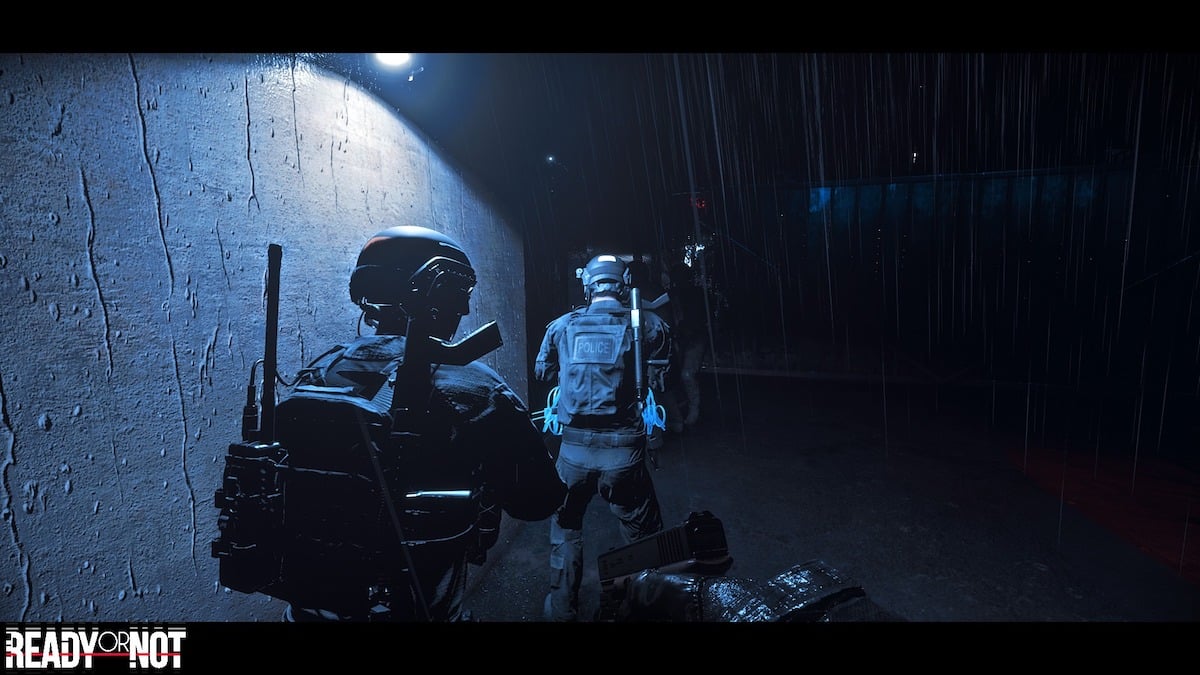

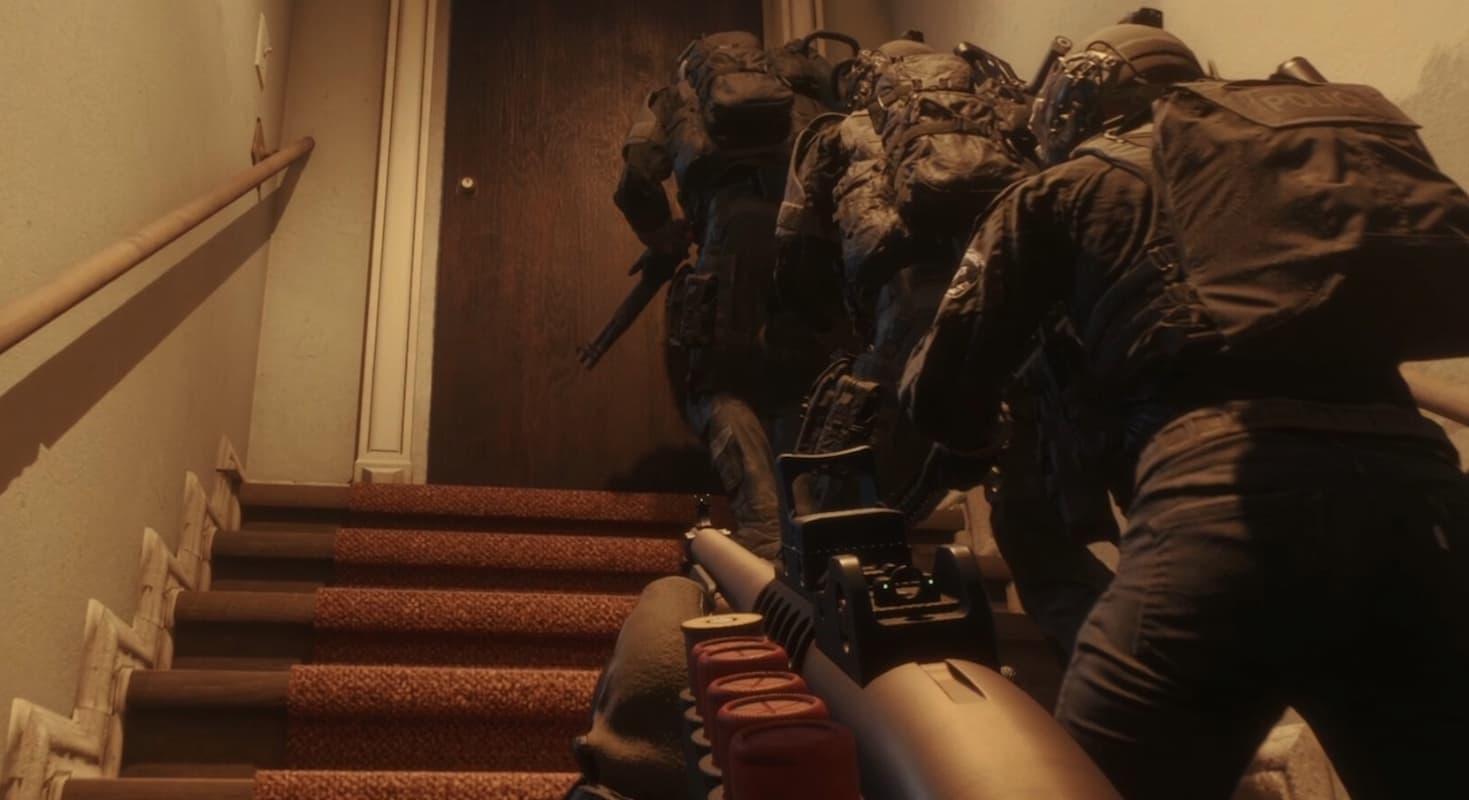

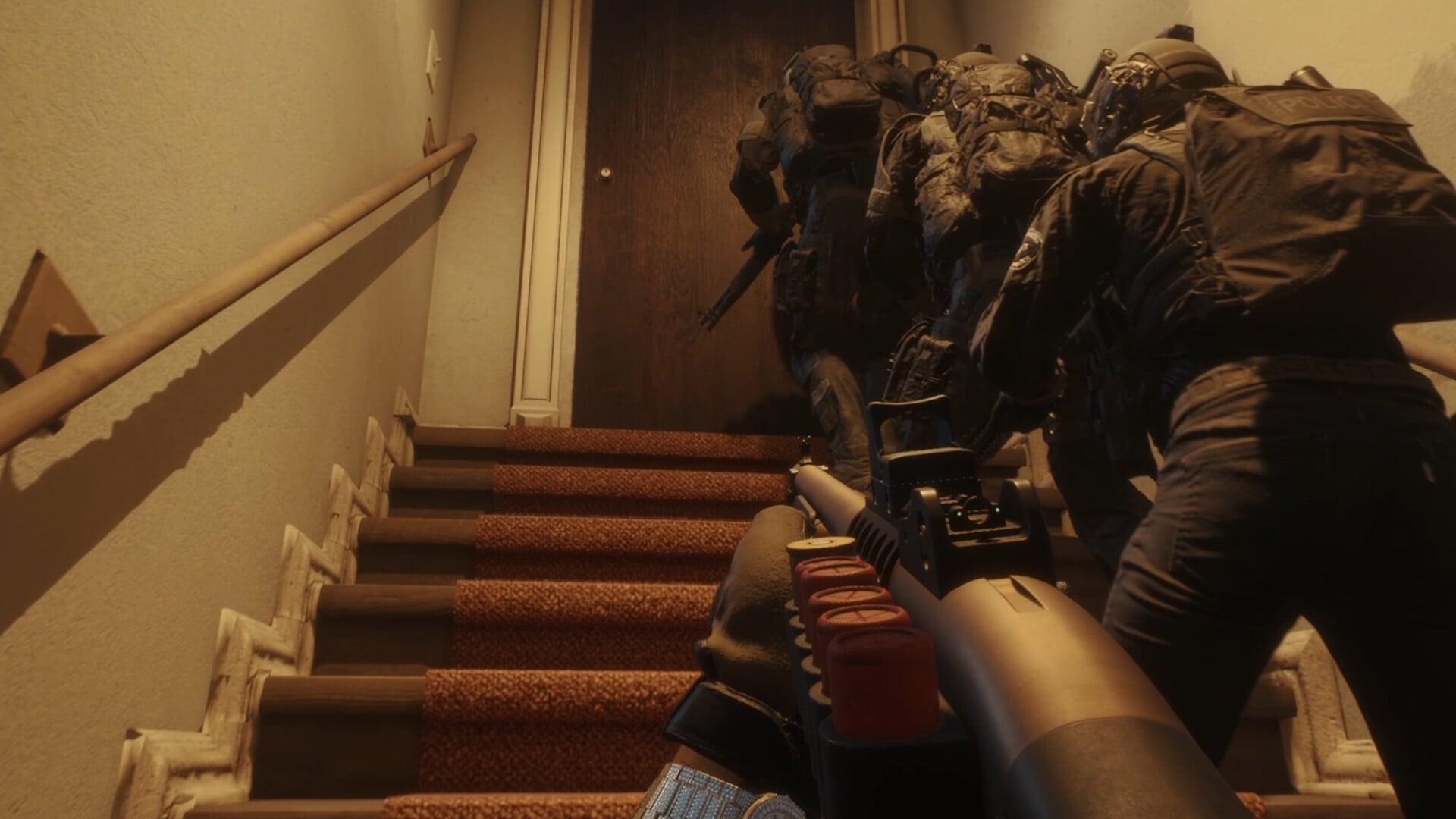


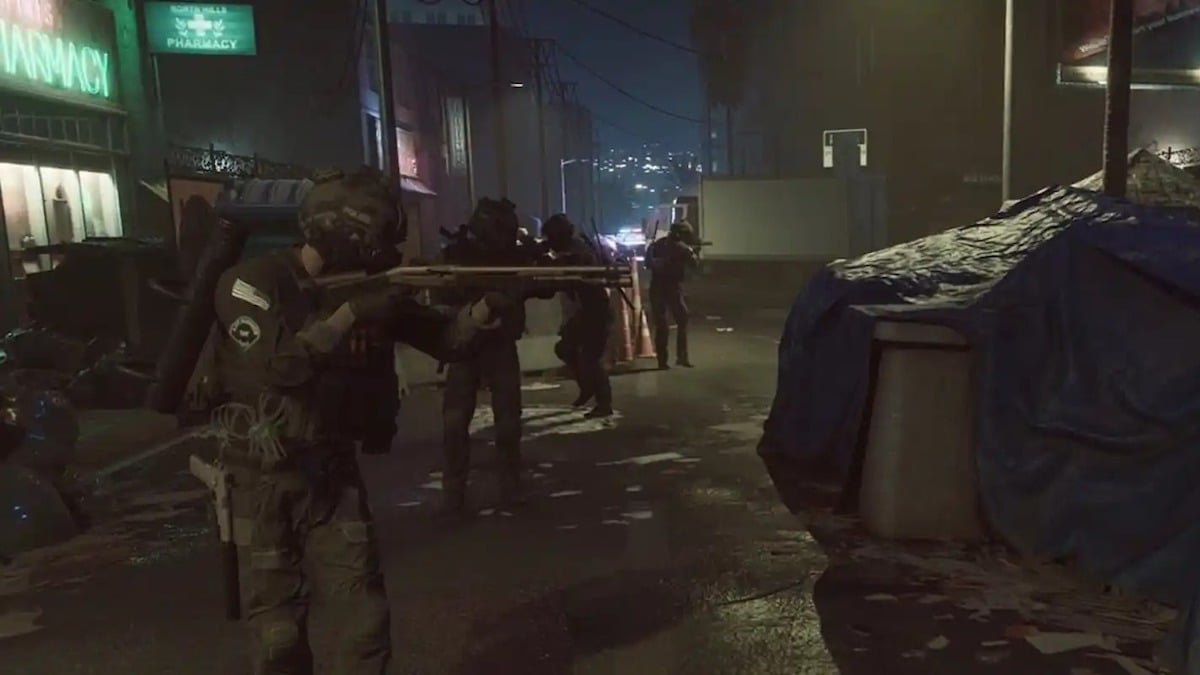
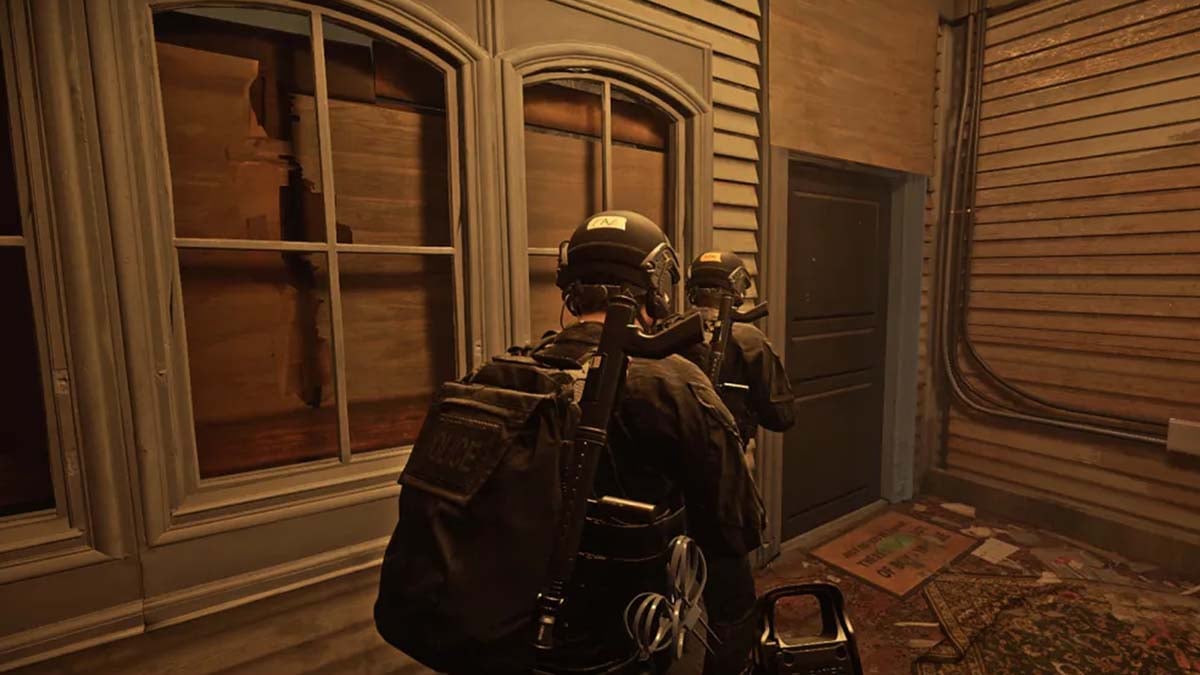
Published: Dec 28, 2023 11:12 am